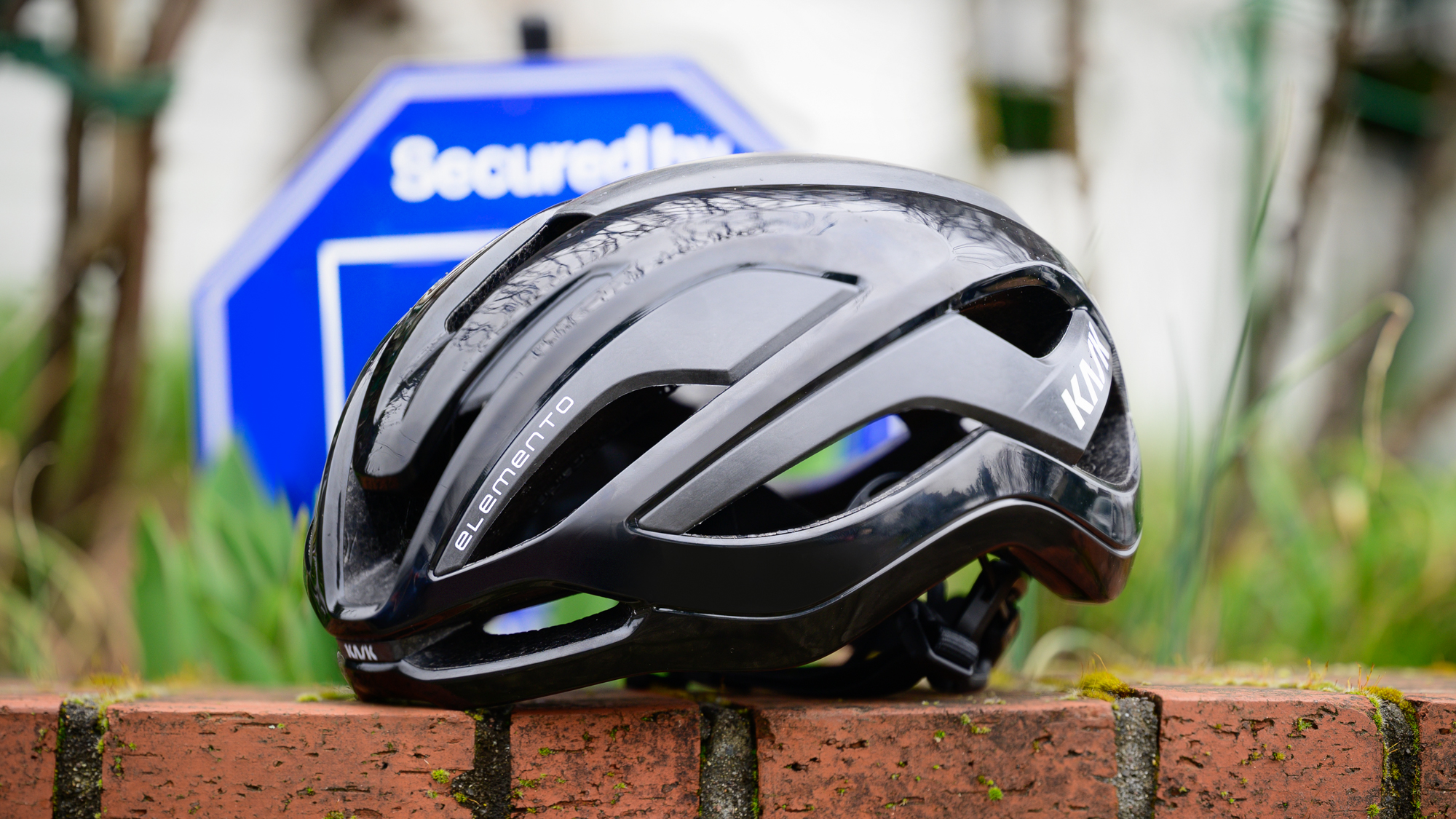
Price: £335 / €375 / $400
Available colours: White, Red, Black, Silver, Oxford Blue, Beetle Green
Rotational Impact technology: KASK Rotational Impact WG11 Tested
Weight: 268g as tested in size medium
Although Kask, launched in 2004, is a relatively new brand compared to some of its competitors, the name is very well known. Like other brands of the time, it's fair to say that Kask enjoyed a surge in popularity due to an association with Team Sky. The nameplate has graced the heads of the British WorldTour squad for the entirety of its existence and continues through to today under the Ineos Grenadiers team name. As the Tour de France wins stacked up, the iconic black and blue became almost synonymous with the Italian brand but success has been further reaching.
As Kask enjoyed the boost in visibility, it was a commitment to innovation and safety that secured the name in the minds of the public. Our list of the best road bike helmets also reflects that product-first focus with Kask securing a position for multiple models over the years. In early 2023 when Kask pushed out a helmet unlike any other called the Kask Elemento, it once again made the list.
I've had the Elemento since last summer and after wearing it for long hours covering multiple countries, I'm ready to talk about it. The Elemento is both an evolution and a revolution. Details are not only unusual in the Kask lineup but completely unique in the market and bordering on experimental. It's an all-around helmet that works for a wide variety of riding but is it right for you? If you are looking for a new road helmet this summer keep reading for more information about this innovative option.
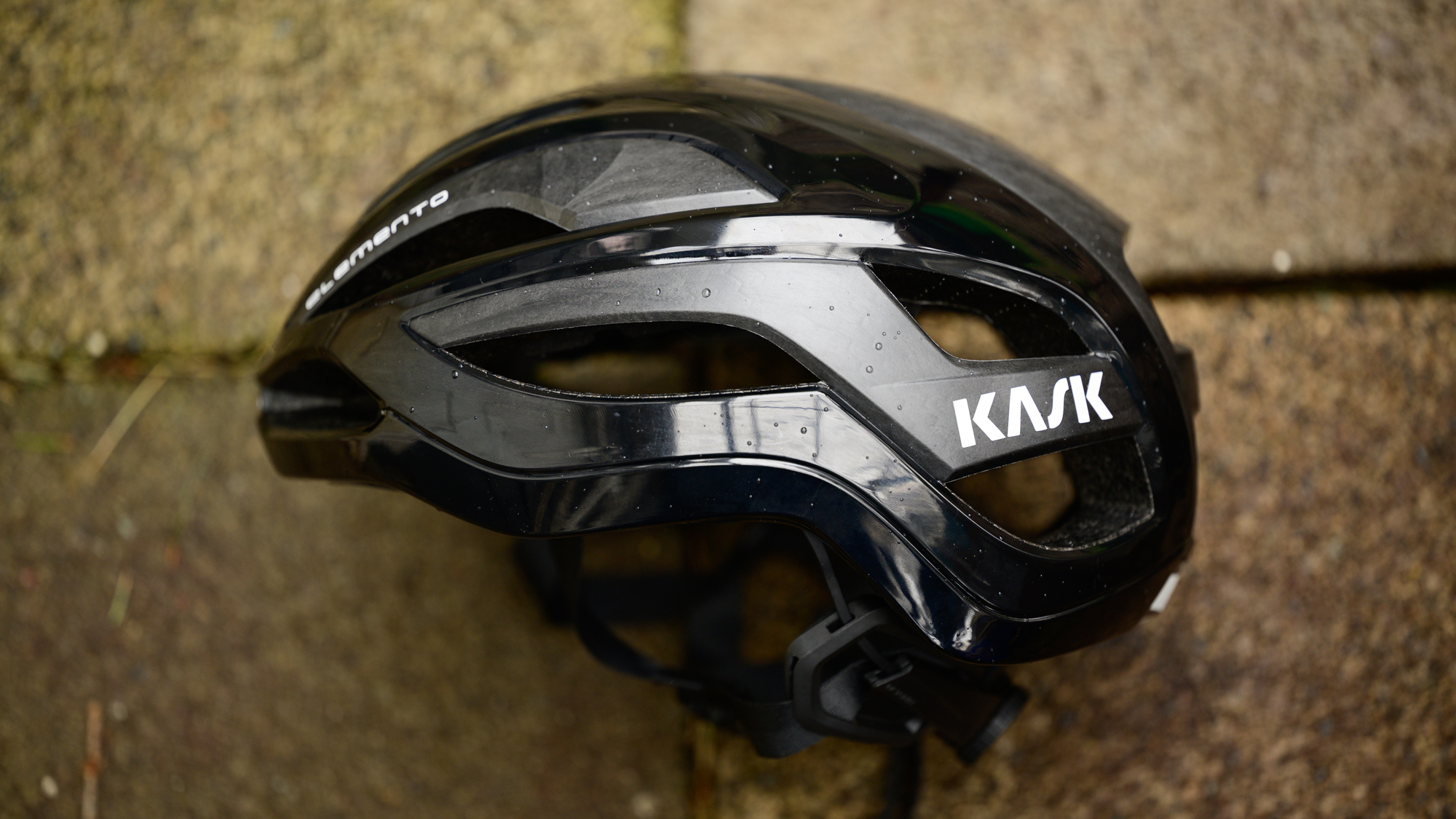
Design and aesthetics
In many ways, the Elemento is an evolution of the Kask Protone Icon which itself was an evolution of the original Protone. Unlike the Icon though, the Elemento is not a replacement. Both the Protone Icon and the Elemento will continue to exist alongside each other in the Kask product lineup. You can think of the Elemento as both an upgrade and a flagship vehicle for highlighting pinnacle technologies.
Hold the Icon and the Elemento next to each other it's clear to see the similarities. The two do have some aesthetic differences but you'll need a sharp eye to spot them. To really understand the difference you have to look deeper into the design.
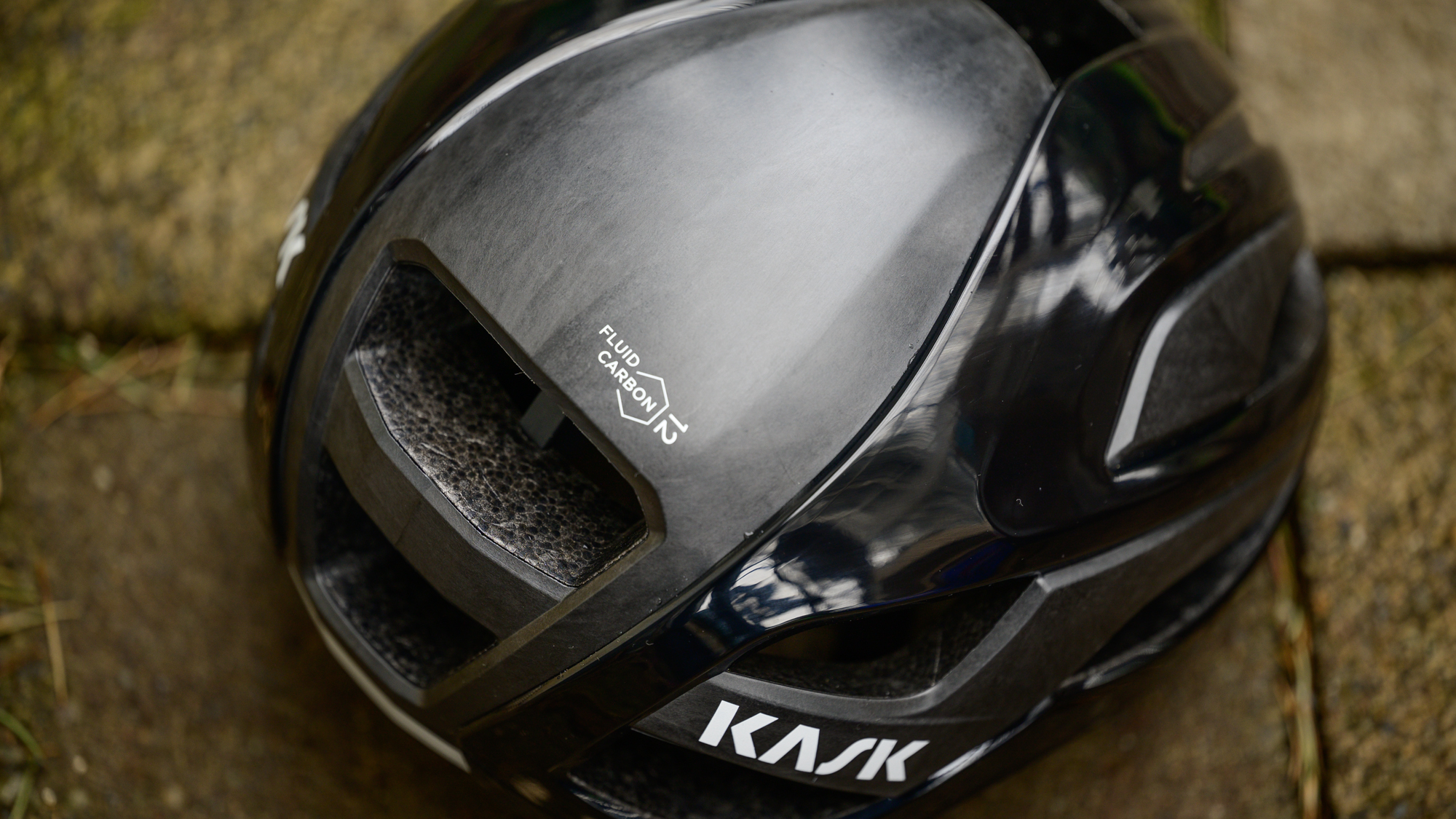
From the outside that starts with a series of carbon composite plates called Fluid Carbon 12. There are six colour options for the Elemento but, whatever you choose, the Fluid Carbon 12 plates retain a satin naked carbon look. They sit in contrast to the surrounding high-gloss colour and they are there as a structural replacement that saves volume compared to traditional EPS (expanded polystyrene) foam.
The Fluid Carbon 12 design works by creating a shell that moves to absorb impact. Unlike EPS, which is typically 25-30mm and designed to compress to absorb impact, Fluid Carbon 12 is only 1mm thick. In the event of a crash, the plates shift and move to absorb impact through a series of joints that connect each of the pieces into a system. It's a system that seems to work given the five-star Virginia Tech rating but Kask isn't using it only to be novel.
EPS foam is already a proven option, and it's presumably cheaper, so why invent something new? The answer is all about temperature control and aerodynamics. Or, perhaps more accurately, it's all about saving space in the helmet. By switching to a material that's roughly 25 times thinner, Kask buys space inside the Elemento for airflow.

Modern aero helmets often optimise internal airflow but Kask takes this to another level. The space saved by the carbon plates is now mostly empty space. This is in combination with smaller front openings and 3D-printed padding that allows air to flow right through its open structure. The 3D-printed "multipod" padding also helps manage rotational impacts similarly to MIPS technologies or Koroyd. The result is a claimed 1.5% aerodynamic advantage over the Icon as well as better thermal regulation.
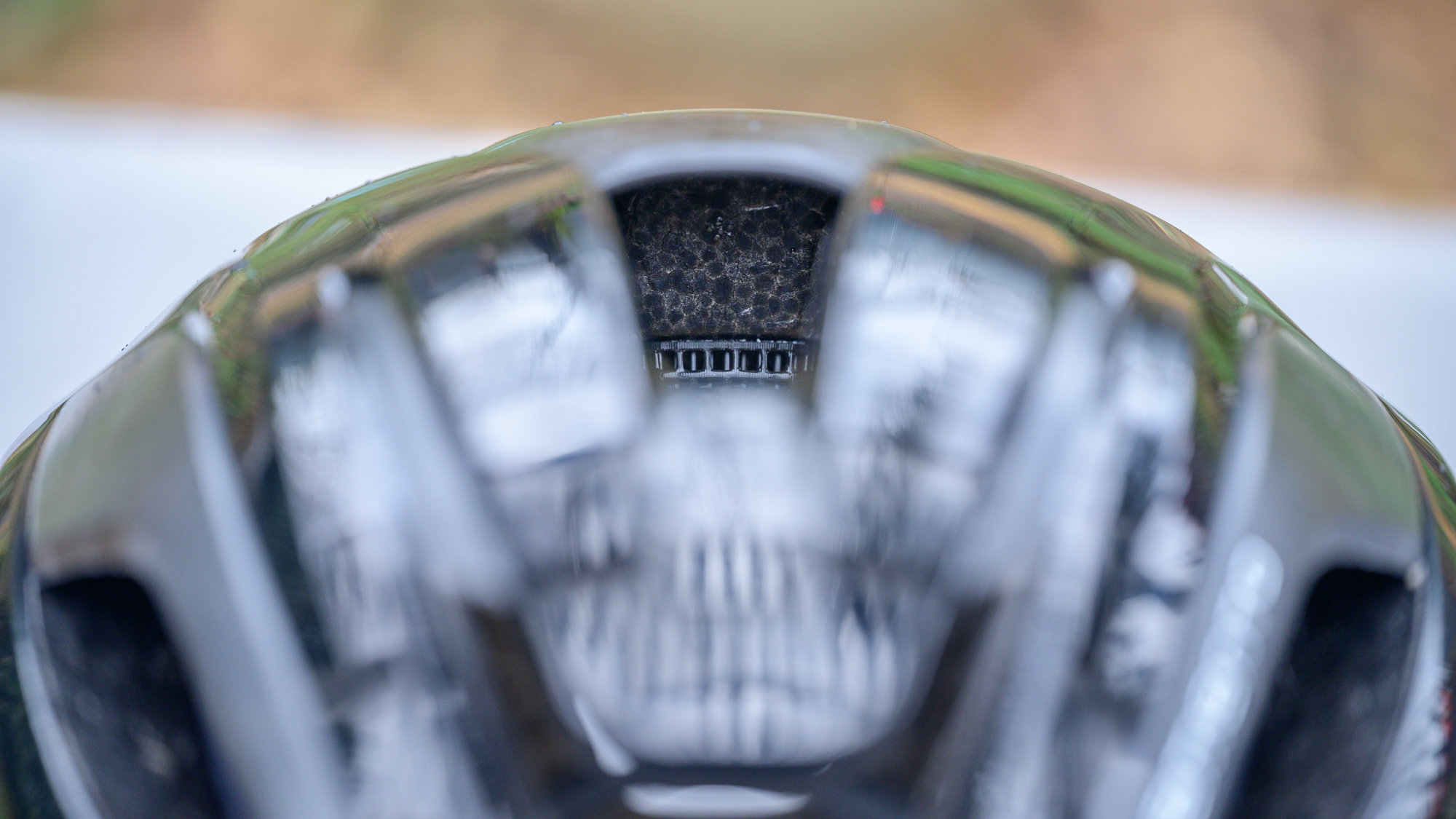
Performance
The Kask Elemento is a collection of novel technologies and features. As a package they mean a higher price and great headlines about 3D-printed pads or carbon fibre plates in the exterior. In use though, that's really not the experience. For better, or worse, the experience of riding with the Kask Elemento helmet is all about the traditional technologies.
As I carried the Elemento to Czech where I set an FKT riding from Prague to Vienna on a gold-plated bike, over and over it was the rear cradle that I noticed. What Kask does with the rear cradle on the Elemento, and to be fair the Protone Icon as well, is use a design the brand refers to as Octofit+. The main advantage of the design is how wide it is and how much adjustment there is in the vertical plane.
To start with, the Elemento rear cradle is wider than most and it's substantial. There's no adjustability to the occipital pads but they sit well out to the left and right and wrap around almost to the base of the ear. On the inside, there's dense foam for padding and connecting through the centre is a substantial bar that houses the adjusting dial. The dial connects to floating adjustment pieces that connect near the temples and are also somewhat substantial. While it's possible to push the retention system, cradle included, into the helmet for storage, there's limited flex in the other direction.
What you do find in the other direction is tons of adjustability. You can pull the rear cradle down roughly 50mm. As you do so there's a large hole with plenty of room for long hair but there's also a forward flex. Obviously, you still need to tighten the dial to match the size of your head but it's not the dial that's doing the majority of the work. The lack of flex and arrangement of the pieces keeps the various pieces of plastics that make up the cradle and adjustment pieces feeling wrapped around your head without pressure.
When you add all of these design details together, you end up with a helmet that stays put in a way that is essentially unheard of. Typically every helmet, even the ones I love, move around a bit on the brow. This is especially pronounced as you climb in the heat and you find yourself pulling a hand away from the bars to give a little push at the front of the helmet. If you hate that, the Elemento completely solves the issue. That said, I'd be remiss if I didn't share that the Kask Protone Icon offers that same experience for less money.
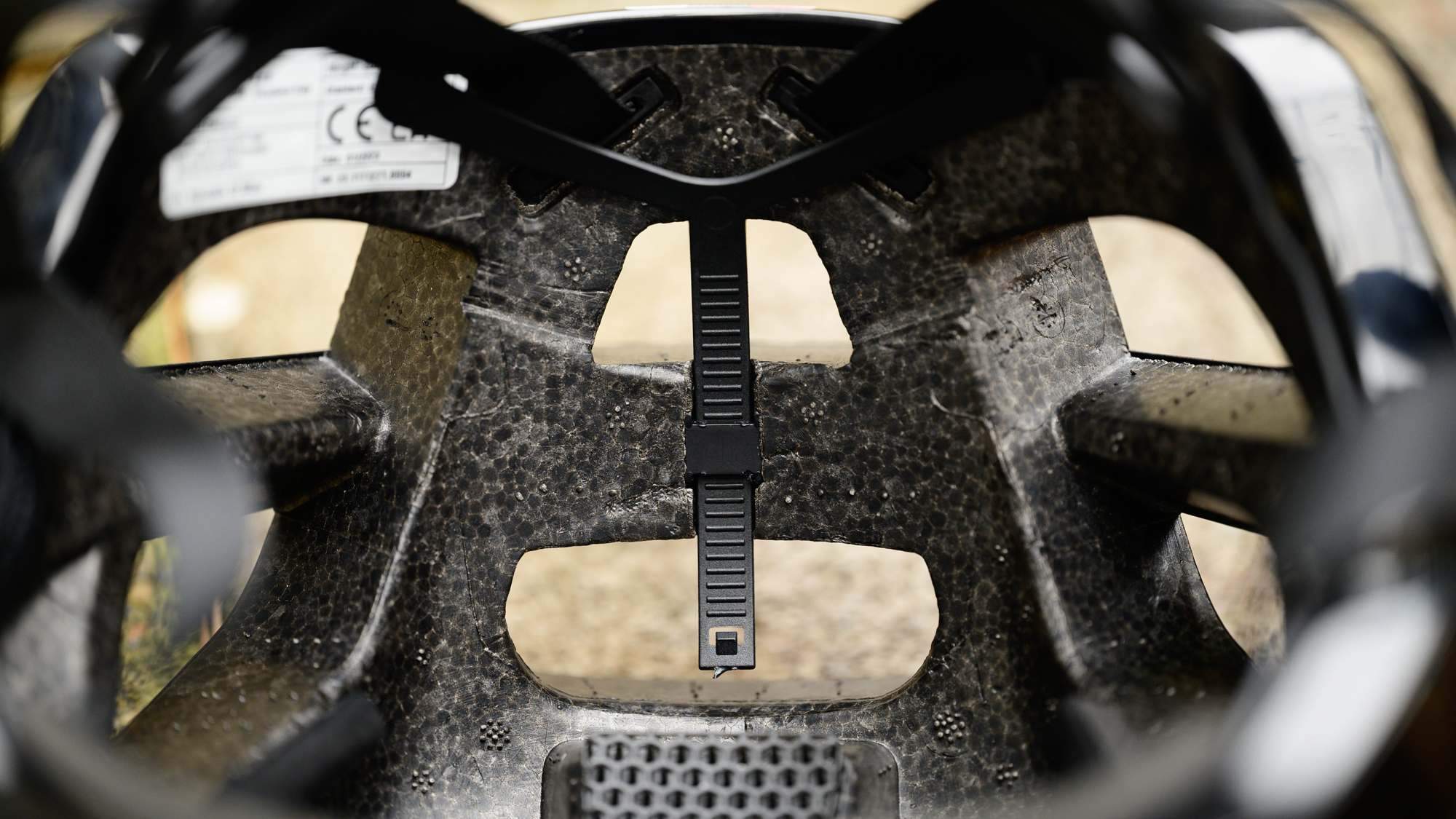
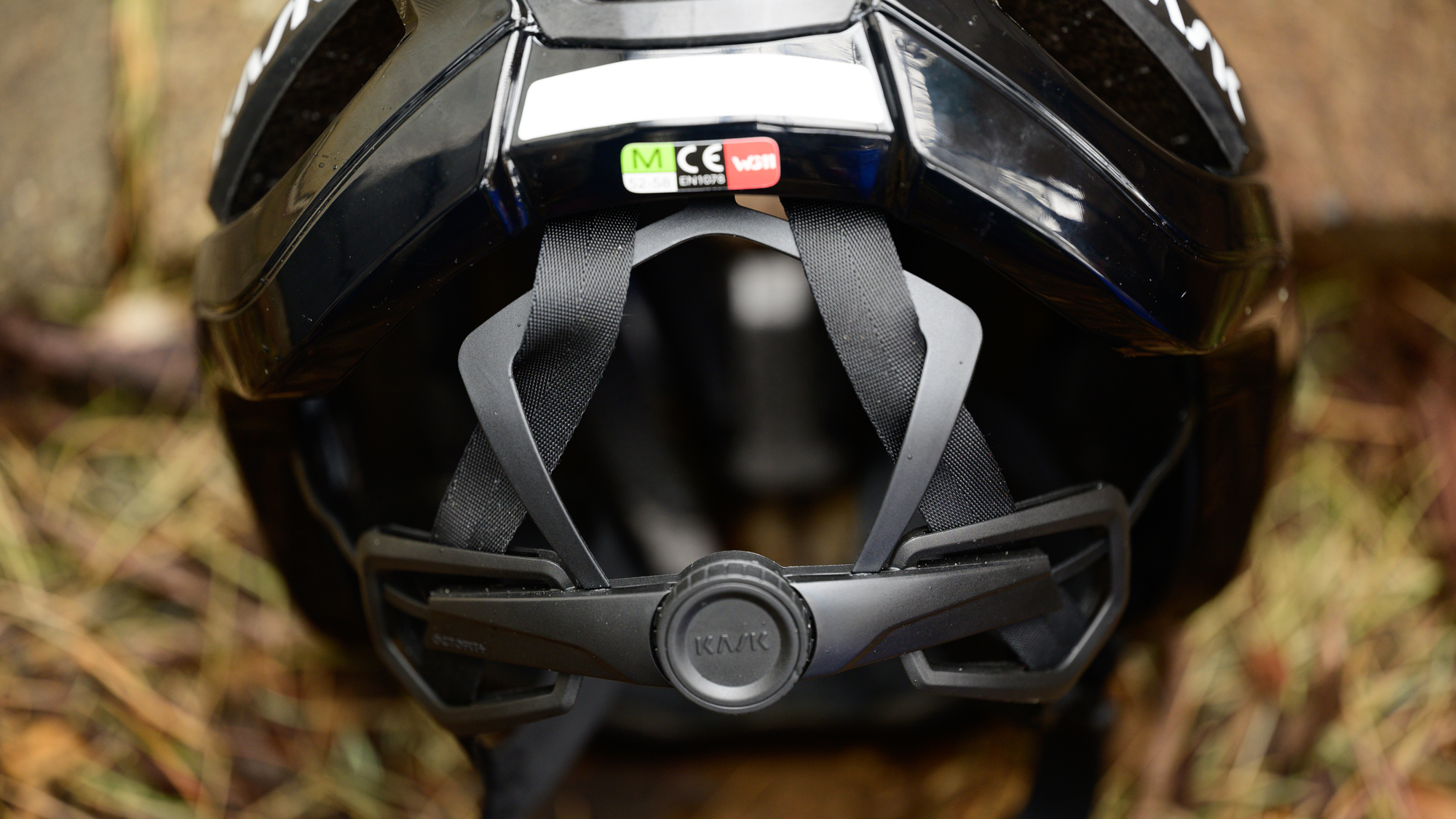
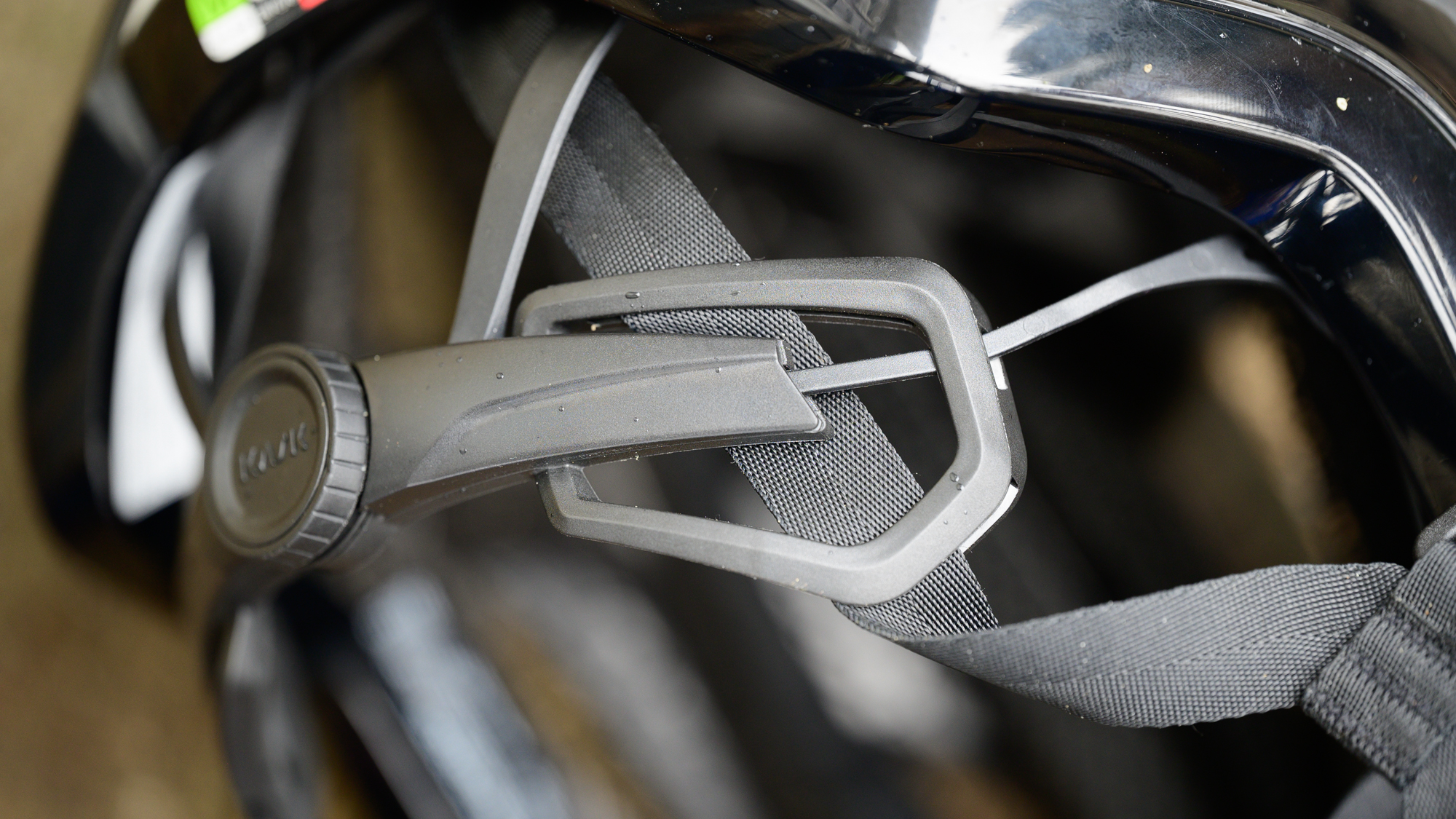

That leaves the rest of the Elemento design as your decision maker for which helmet you want to choose. Since the carbon fibre plates aren't something you can feel on their own, that leaves a big part of the decision resting on the 3D printed pads. Fortunately, that's not a terrible thing. Those pads are brilliant. Even on the longest days, I spent 20-hours in this helmet, they remain comfortable and, as you'd expect, sweat free.
Although much of the marketing copy about how ventilated the Elemento is seems to have disappeared, it is still a big part of the helmet. The pads are up higher and farther back in a spot that you probably don't think about as getting drenched but moving air through the pads is a big deal. As big a deal as it is though, this is still an aero helmet or at least an aero-lite helmet. Compared to the Protone Icon, the overall ventilation isn't a huge upgrade. Instead, it's a behind-the-scenes upgrade and you get similar ventilation with upgraded aero numbers. Basically a slight ventilation upgrade with smaller openings in the helmet.
Those pads are also just really comfortable. What you end up noticing is that they are so comfortable that the standard pads stand out as a downgrade. The brow pad especially is soft and comfortable against your forehead but it becomes a bit of a sponge. Squeezing out the brow pad of a helmet on a hot day isn't new for me but as you notice how fantastic the 3D printed pads are you wonder, why not this one too?
On the upside, the deep recesses that are so good at funnelling air through the inside of the helmet are also great at securely holding your sunglasses in certain situations. The truth is I almost relayed that it was a completely secure glasses storage solution on par with Sweet Protection Falconer 2Vi Mips but it's not quite that good in every situation. I happened to have used it with the POC Propel which has curved ends to the arms. Glasses that have a curved end to the arms, like the POC, can be flipped upside down and once slid in are out of the way and secure. Straight arms glasses are a bit more hit-and-miss. Some fit into the lower outside vents, some don’t.
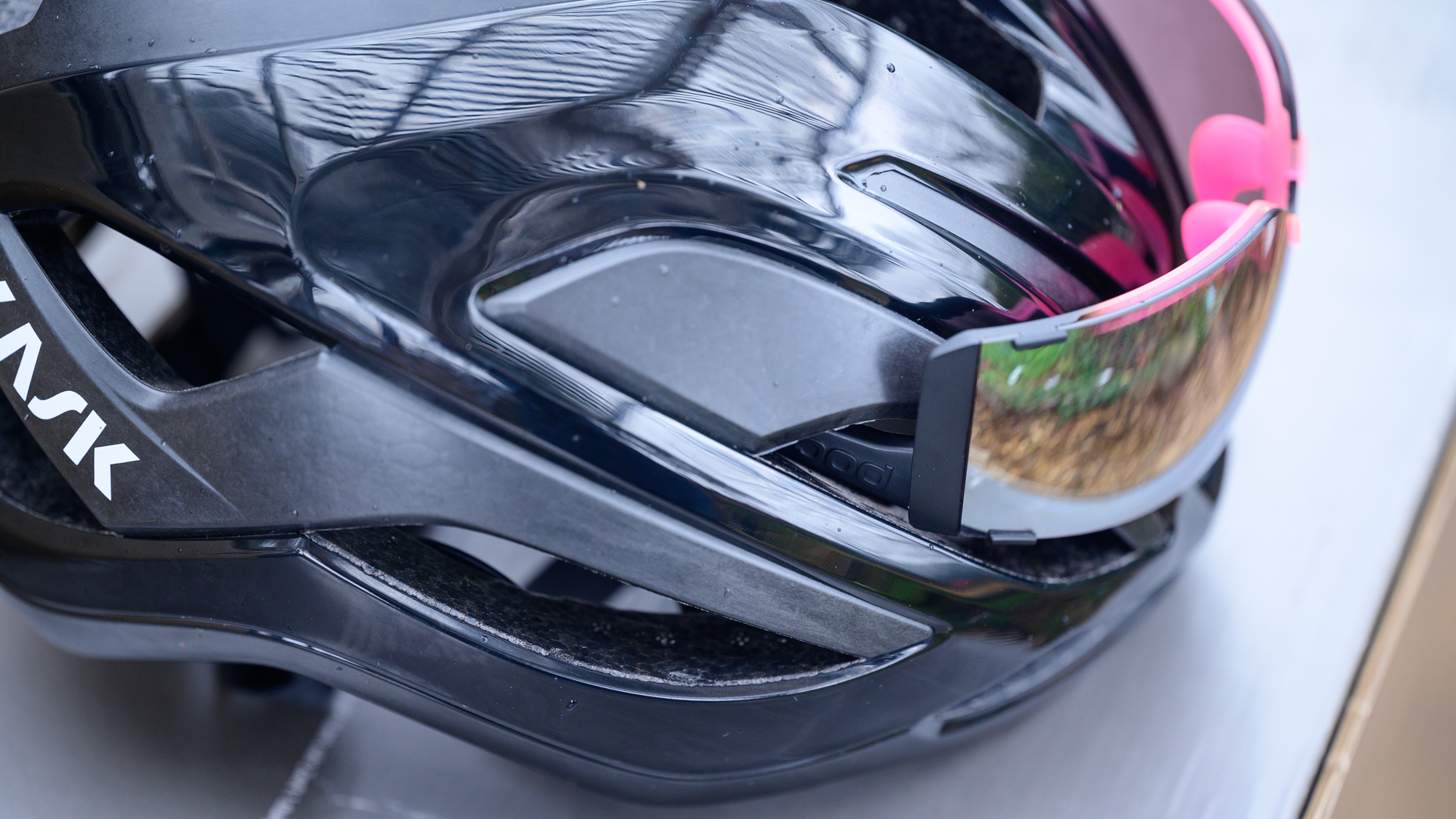

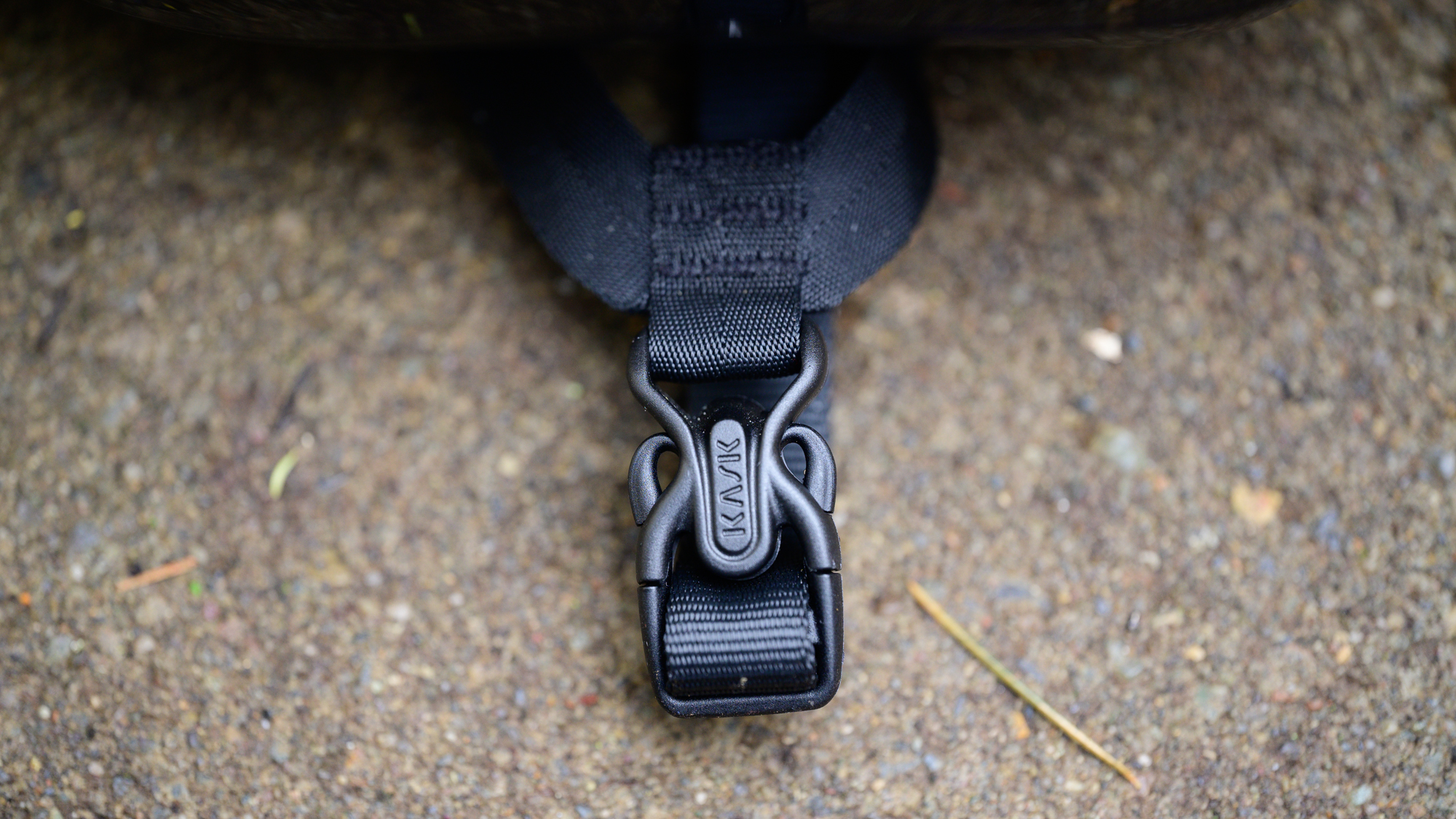
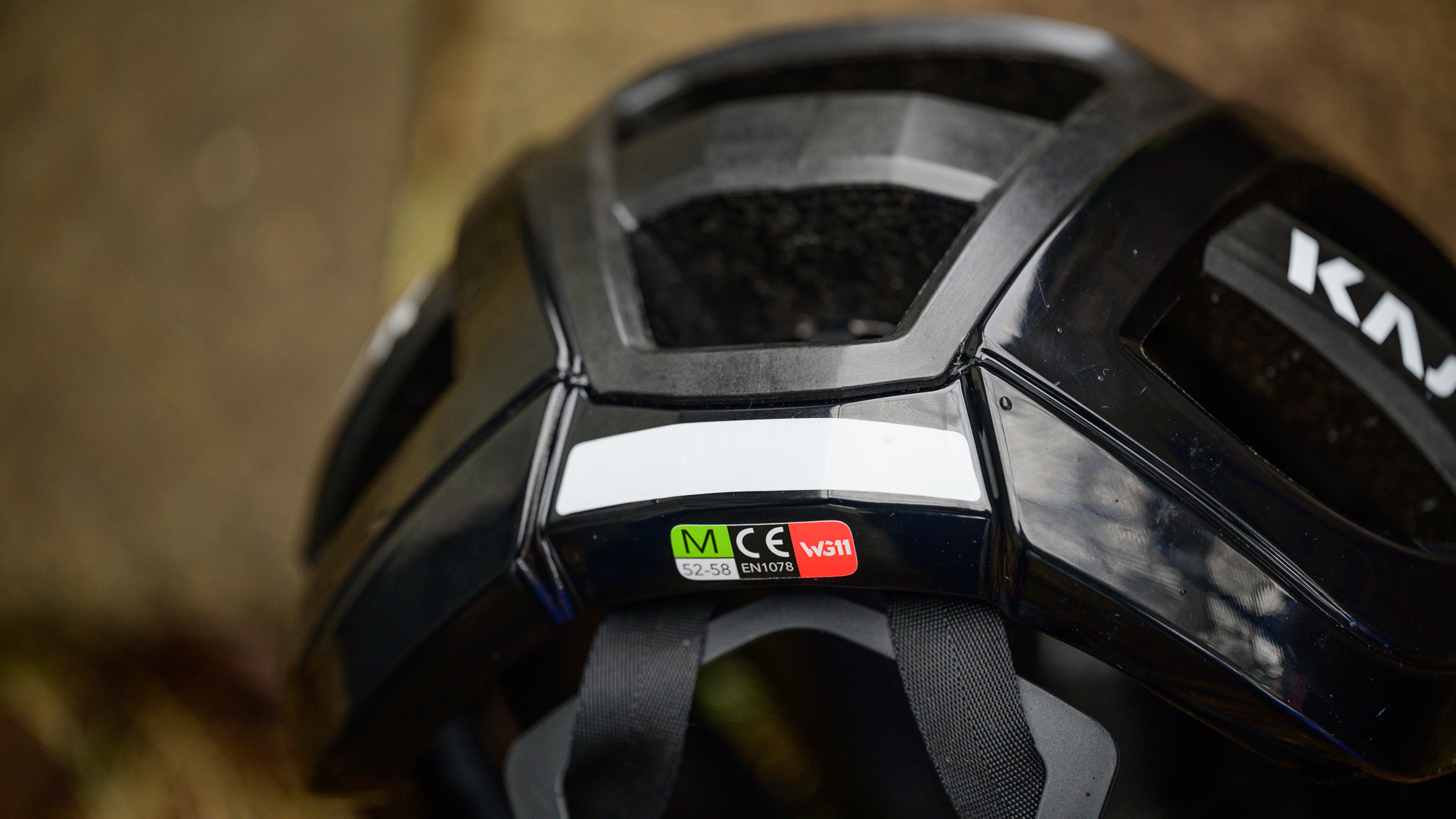
Verdict
There's no getting around the price of the Kask Elemento. I'm not always opposed to a company offering an expensive product and letting the market decide. The challenge here is that the Elemento and Protone Icon are so close. What I noticed most about the Elemento when I spent time using it is how secure it is on your head. I loved that I didn't have to constantly fiddle with the brow as I was climbing on a hot day. It's solid, secure, and comfortable without ever having to think about it. Unfortunately the reasons for that aren't specific to the Elemento.
So if you want to save a bit of money, the Kask Protone Icon is still an excellent choice. You also get a faux leather strap. Something Kask has a reputation for, and some people love, but the Elemento switched away from. This all leaves the question of why spend the extra money for the Elemento?
To answer that, you have to think about what makes sense to you. Spending the extra money buys a more aero design with better thermal management. You won't be able to feel the aero benefits and the thermal management is hardly drastic. The option is yours though. The Elemento is the best all-around helmet that Kask currently offers and it's among the best on the market.







